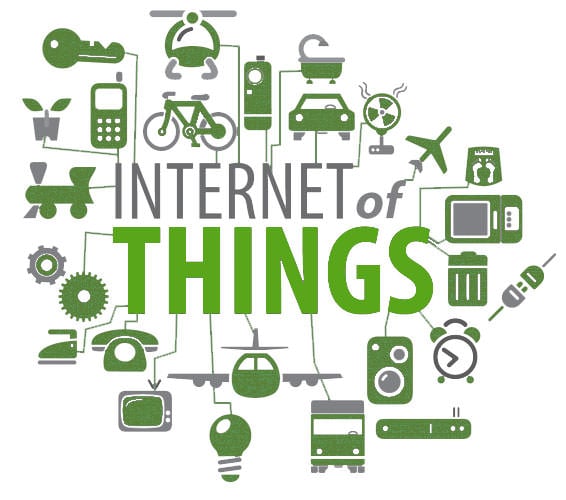Mining is a significant contributor to the strong Australian economy and a primary resource for exportation demand. It comes as no surprise that the Australian mining industry comes under constant scrutiny for is safety. The nature of mining and maintenance means that works can often lead to safety incidents, mines have had to tighten their safety measures in order to ensure that any accidents are prevented at all times and workers safety remains paramount.
Taking a closer look into some of the considerations mine sites need to make in terms of safety reveals some great things technology is set to improve.
Equipment and innovative technologies
While the Australian Energy Market Operator has said that coal is still likely to be necessary over the next 20 years, a number of mining operations are turning their operations into a more cost-effective and environmentally-friendly option.
Some mining equipment is integrating some of the latest, most innovative technologies such as solar power. This is aimed improving overall efficiencies while reducing running costs. Not only is this improving the overall eco-friendliness of the mining but it is also transforming into new ways to improve overall mine safety. A number of mines are being pressured improve their overall eco-friendliness, due to its potential impact on the Great Barrier Reef. In order to continue operations, many mines are going to need to adapt their processes in order to ensure they become far more environmentally-conscious, while keeping miner safety at the forefront.
There are a number of different types of technology which mines are integrating in order to improve safety. Firstly, the mining equipment itself features innovative additions which can help the miners to understand when their equipment requires a service or is having mechanical difficulty. This aids in prevent equipment failures and even explosions due to severe mechanical issues. The technology which has been developed for onboard machinery is helping to heighten all kinds of situational awareness, ensuring the operators maintain their full attention. Further to this, their is technology now being integrated into mine sites to help improve and aid in overall risk assessment. With the implementation of drones, intelligence systems and collision avoidance delineators, further insights can be gathered about the overall safety of the mine and greater control of potential incidents can created. This aids in mine planning, by having a clear understanding of which areas of the mine are most at risk, future developments and implementations can be guided efficiently and effectively.
Hazard communication
Communicated the potential hazards that are present around site is incredibly important. Although they may not occur, workers, contractors and visitors need to be aware of the potential dangers in the area they are occupying. Increasing the amount of visual communication in the form of signs, labels and screens will help to improve overall safety of the site.
In relation to communicating hazards, communicating safety measures is also important. Ensuring all equipment is certified and clearly labelled with certification plates, SWL, WLL and all necessary performance identification lets workers and contractors know what is safe.
Certification and compliance
Certification and compliance with Australian Standards is our benchmark of acceptability. We understand the importance of safety and performance on-site and aim to provide products and solutions that far exceed expectations. Ensuring that our products are certified and compliant with the relevant Australian Standard means they have been tested to outperform specifications and provide our clients with the safety and performance outcomes they deserve. If you would like to learn more about the importance of certification compliance download our free whitepaper “10 Valuable Benefits Certification and Compliance Can Add to Your Site.”








About The Author: Rhys Werndly
More posts by Rhys Werndly